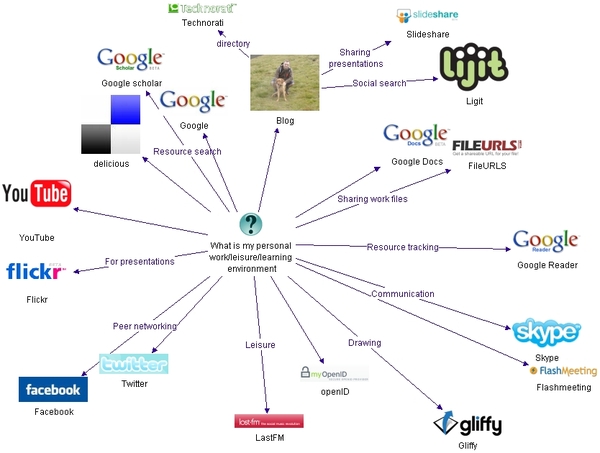I’ve been observing a significant increase in the availability of personal services in today’s software and solution offerings. Many examples of social design are focusing on the ability to design products with a “personal touch”. In addition, there is a very strong trend called “personal web”, which is collects content, tools and capabilities from the Web that has configured and focused on a particular user. It started from personal pages and configurations and continued to provide tools for tags, categorizing, sorting, searching and re-assembling (aggregation). People create a customized environment and tools are focused on the same process.
Now, how can this be related to Product Lifecycle Management? In the past, we considered PLM as an enterprise system that focused on business processes and followed product kifecycles from the earliest idea time through to disposal. Is there a place to inject “personal PLM” into current concepts of PLM? Does it make sense for PLM to put spotlight personal activity rather than the overall process? Don’t get me wrong J… I’m not saying that processes are bad in general. I’m just saying that processes need to happen, but people need to focus on their personal activities and the content that they need to create.
So, what is the idea? I was looking at some of the today’s examples of personal web in the areas of community building, self learning, and library management. I find this example of PLE (Personal Learning Environment) as interesting as the prototype of a personal PLM system.
Bellow one of the examples of PLE http://edtechpost.wikispaces.com/PLE+Diagrams
Another example of personalization is the creation of widgets and tools that allow you to aggregate PLM content differently. Take a look on the following example of pageflakes (a system that lets you aggregate content from different Websites).
Product Lifecycle Management Tools today (even those tools that aren’t referred to as PLM) provide a very traditional set of tools focused on design (i.e. CAD), engineering (i.e. BOM), simulation (i.e. CAE) and other domains. If we can find a way to re-aggregate capabilities provided by these tools using modern SOA technologies to create a personalized combination of tools or a working environment, we can significantly improve the way people work today in product development












